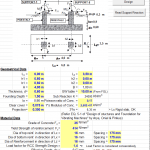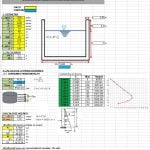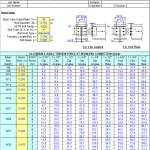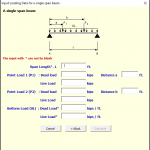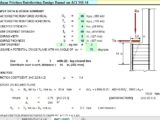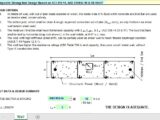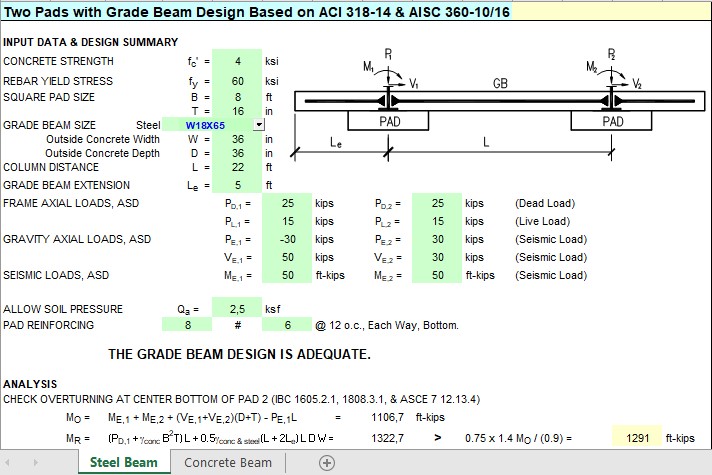
Two Pads with Grade Beam Design and Calculation Spreadsheet
10 December 2022Two Pads with Grade Beam Design and Calculation Spreadsheet
When it comes to constructing sturdy buildings, the foundation is the most critical element. Among the various foundation types, the “two pads with grade beam” method stands out for its effectiveness in certain scenarios. This article explores what this method entails, its advantages, and why it might be the right choice for your next construction project.
What is a Two Pads with Grade Beam Foundation?
A “two pads with grade beam” foundation is a hybrid structural system that combines two isolated footing pads connected by a reinforced grade beam. The pads serve as the primary load-bearing components, supporting columns or structural loads, while the grade beam distributes the load evenly and prevents differential settlement.
This type of foundation is often used in:
- Residential buildings.
- Light commercial structures.
- Situations where soil conditions vary.
Components of the System
- Footing Pads:
- These are large, flat concrete pads placed beneath structural columns.
- They bear the primary load and transfer it to the soil below.
- Grade Beam:
- A horizontal, reinforced concrete beam that connects the pads.
- It distributes loads across the foundation and provides additional rigidity.
Advantages of Two Pads with Grade Beam
- Improved Load Distribution The grade beam helps to evenly distribute loads between the pads, reducing stress on individual footing pads and minimizing the risk of structural failure.
- Resistance to Differential Settlement This foundation system is particularly effective in soils with varying load-bearing capacities, as the grade beam prevents uneven settling.
- Cost-Effective Compared to full slab foundations, this system uses less concrete, making it an economical choice for smaller projects.
- Versatility It can be adapted to various soil types and structural requirements, providing a customizable solution for builders.
Applications of Two Pads with Grade Beam
- Residential Homes: Ideal for single-family homes where the load requirements are moderate.
- Light Industrial Buildings: Supports smaller-scale industrial setups with minimal heavy equipment.
- Additions and Extensions: Works well for expanding existing structures without overhauling the entire foundation.
Construction Process
- Site Preparation:
- Soil testing and excavation are performed to determine the suitability of the location.
- Installation of Footing Pads:
- Concrete is poured into pre-dug areas to create the footing pads.
- Reinforcement and Grade Beam Pouring:
- Steel reinforcement is added, and the grade beam is poured, connecting the pads.
- Curing and Finishing:
- The structure is left to cure for several days to ensure maximum strength before further construction.
Why Choose Two Pads with Grade Beam?
If your project requires a balance between cost-efficiency and structural integrity, this foundation system might be the perfect fit. It’s particularly beneficial for smaller buildings or projects in areas with challenging soil conditions.


